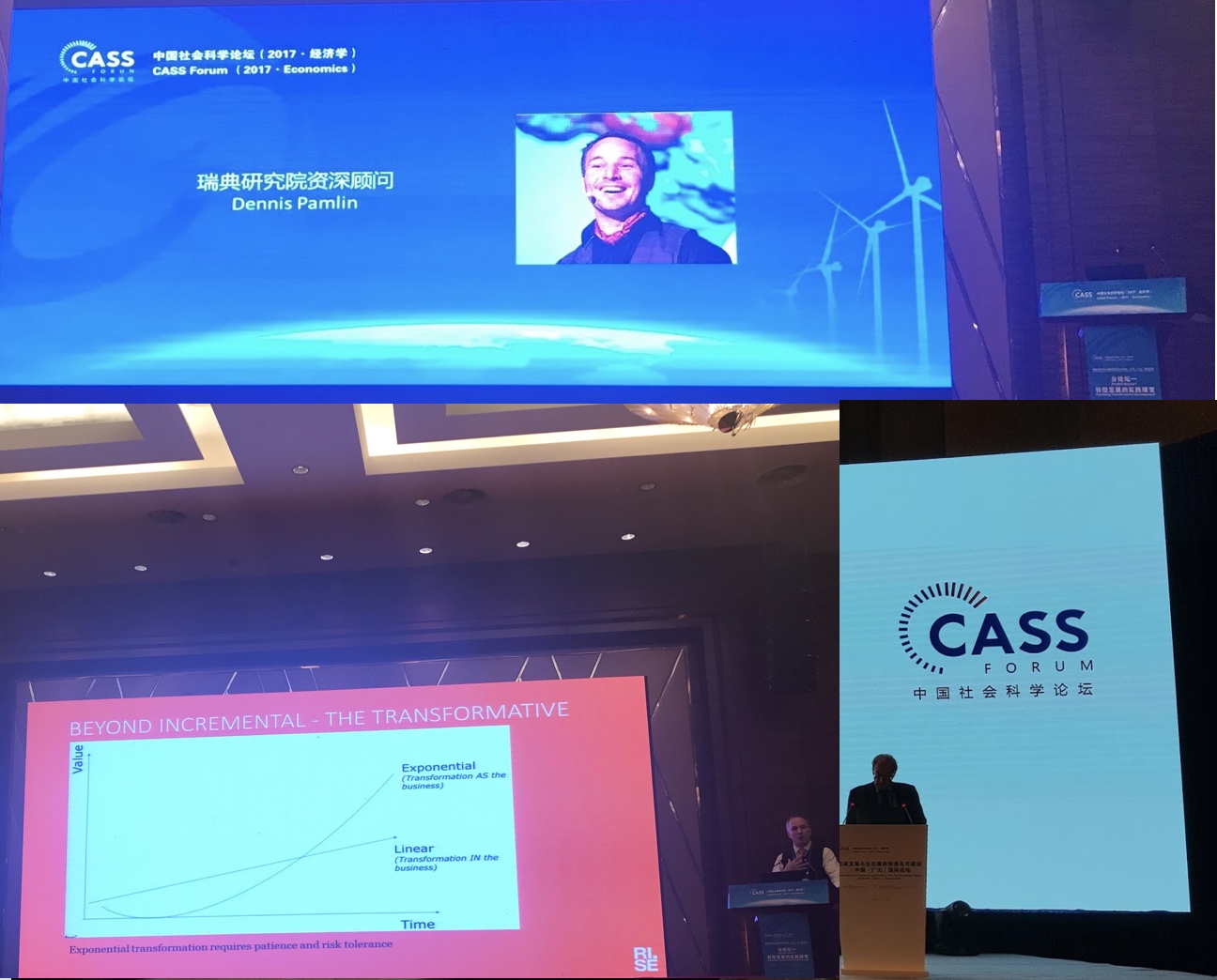Climate entrepreneurs key to low carbon future
/1. Swedish report "12 Climate Entrepreneurs"
2. India report "Indian companies with solutions that the world needs"
Bonn, Germany: WWF urges delegates at the ongoing UN climate talks in Bonn to find ways to support a new class of climate entrepreneurs as the main drivers for a future low carbon economy.
New research by the global conservation organization shows that innovative technologies available today can result in emission cuts of hundreds of millions of tons through rapid growth.
The two new WWF reports – including 17 case studies from developed economies such as Sweden and emerging markets such as India - show what works and what doesn’t in bringing the power of innovation to bear on the need to rapidly face the challenge of climate change.
“There is immense potential for both climate and business success in technology innovations coming forward – what we need to do is to remove obstacles to successful commercialization and wide diffusion that innovative entrepreneurs and companies are faced with,” said Stefan Henningsson, Director of the Climate Change Programme at WWF Sweden.
New ways of bringing natural light into large buildings developed 8 years ago by a Swedish construction consultant in collaboration with an innovator could save an estimated 220 million tons of CO2 equivalent in emissions per year, as well as delivering huge savings in electricity bills.
In another example, systems for large-scale production and distribution of district cooling, developed by one Swedish innovator, are more efficient than traditional cooling technology. A 25% expansion in the share of district cooling on the European cooling market alone would cut CO2 emissions by up to 50 million tons each year.
In India, a company setting out to provide LED-based solar powered lighting to the rural poor is tackling sustainable and climate friendly development on two fronts. This and other examples show how sustainable business and social entrepreneurship can shape future economic growth.
“The Indian companies featured in the WWF report reflect the incredible potential that lie in the alignment of sustainable development needs and business value in developing countries – and the global solutions they can provide,” said Henningsson.
The Swedish case studies also identified the major obstacle to the development and deployment of promising new technologies at scale: continued high levels of direct and indirect support for incremental improvement of existing outmoded production methods in larger companies.
“In planning policy and public investment there is a tendency to consult mainly with the big players in business and industry who generally favour traditional solutions,” said Henningsson. “But often traditional solutions and improving old methods simply are not good enough to ensure the market transformations and emission reductions we need.
“Even systems which don’t discriminate against new ideas are insufficient. Let’s embrace systems that actively seek them out.”
While a co-ordinated focus at high government levels on facing the climate change challenge would be a welcome first step to improve the environment for innovations, WWF is also proposing the creation of “one stop shops” for climate entrepreneurs, where outstanding ideas could be linked to public and private resources for research, financing, commercialization and export.
At the international level, WWF is calling for Technology Action Programmes to be established under the UN Framework Convention on Climate Change (UNFCCC), to speed up the development and demonstration of new technologies and the better diffusion of existing sustainable technologies.
“Majority of the ideas are already out there and some of these come from developing countries and others from industrialised countries. “What we lack are sufficiently efficient ways of moving from ideas to working solutions past the gaps and rigidities in our systems.”































 Really look forward to this.
Really look forward to this.